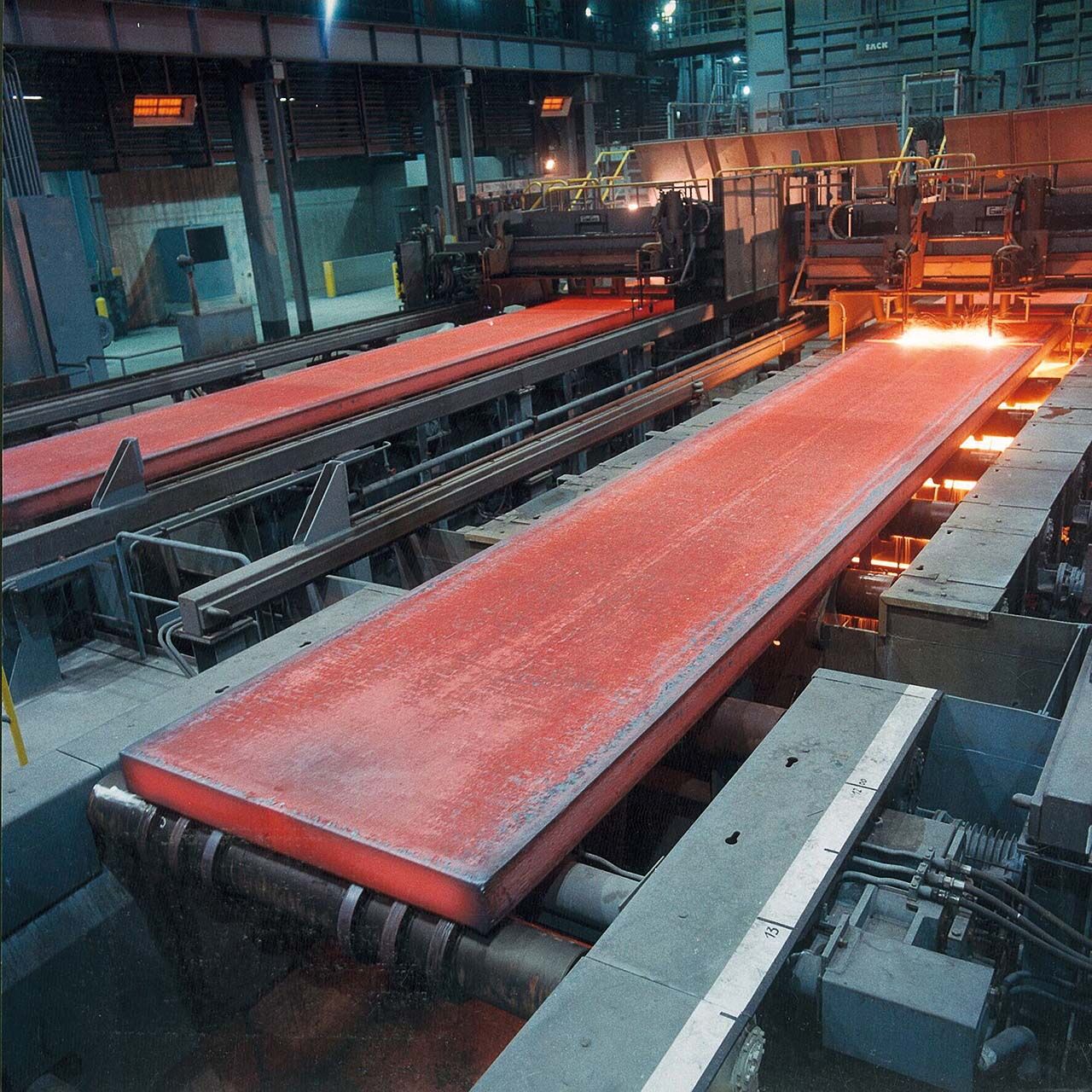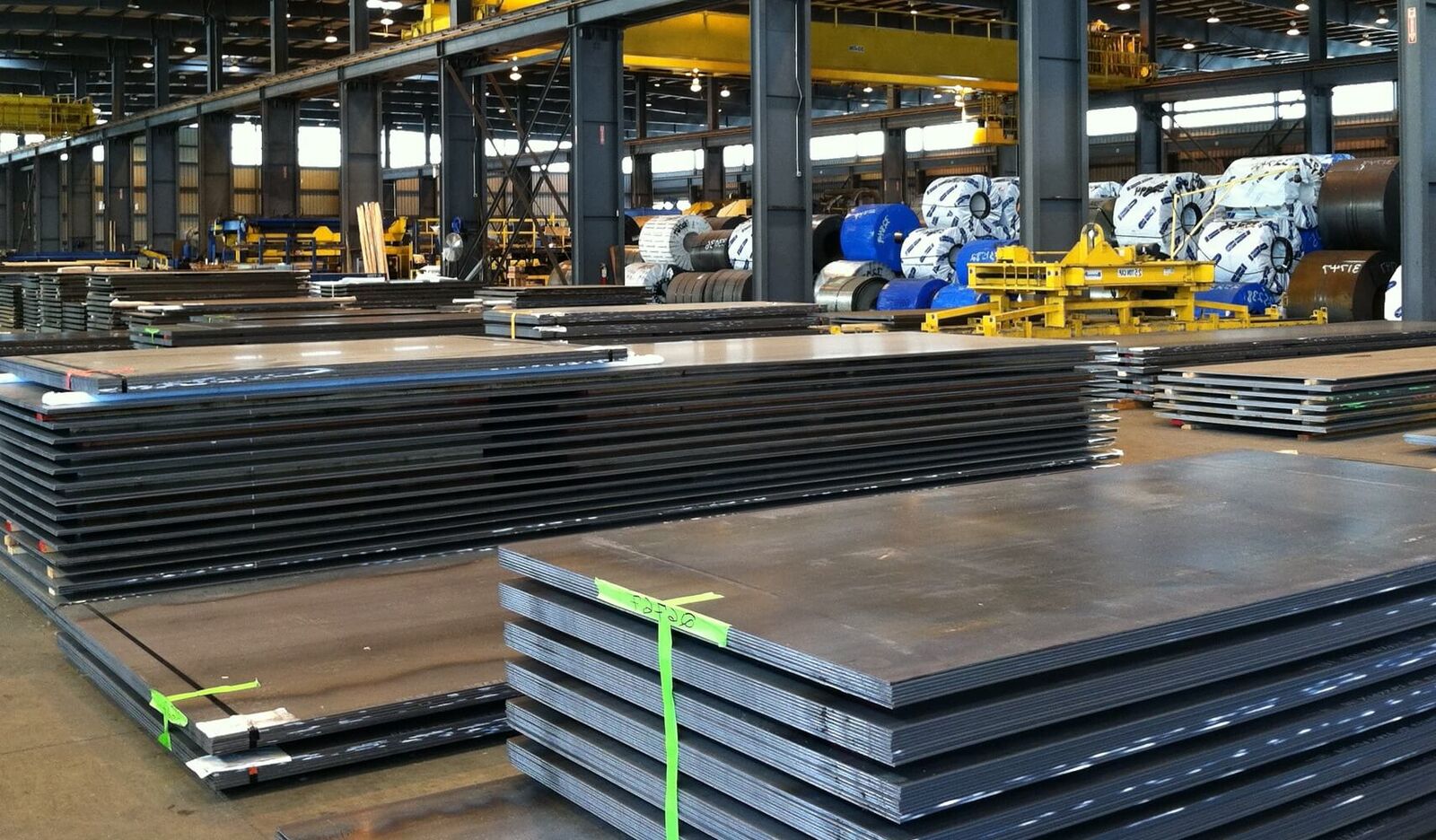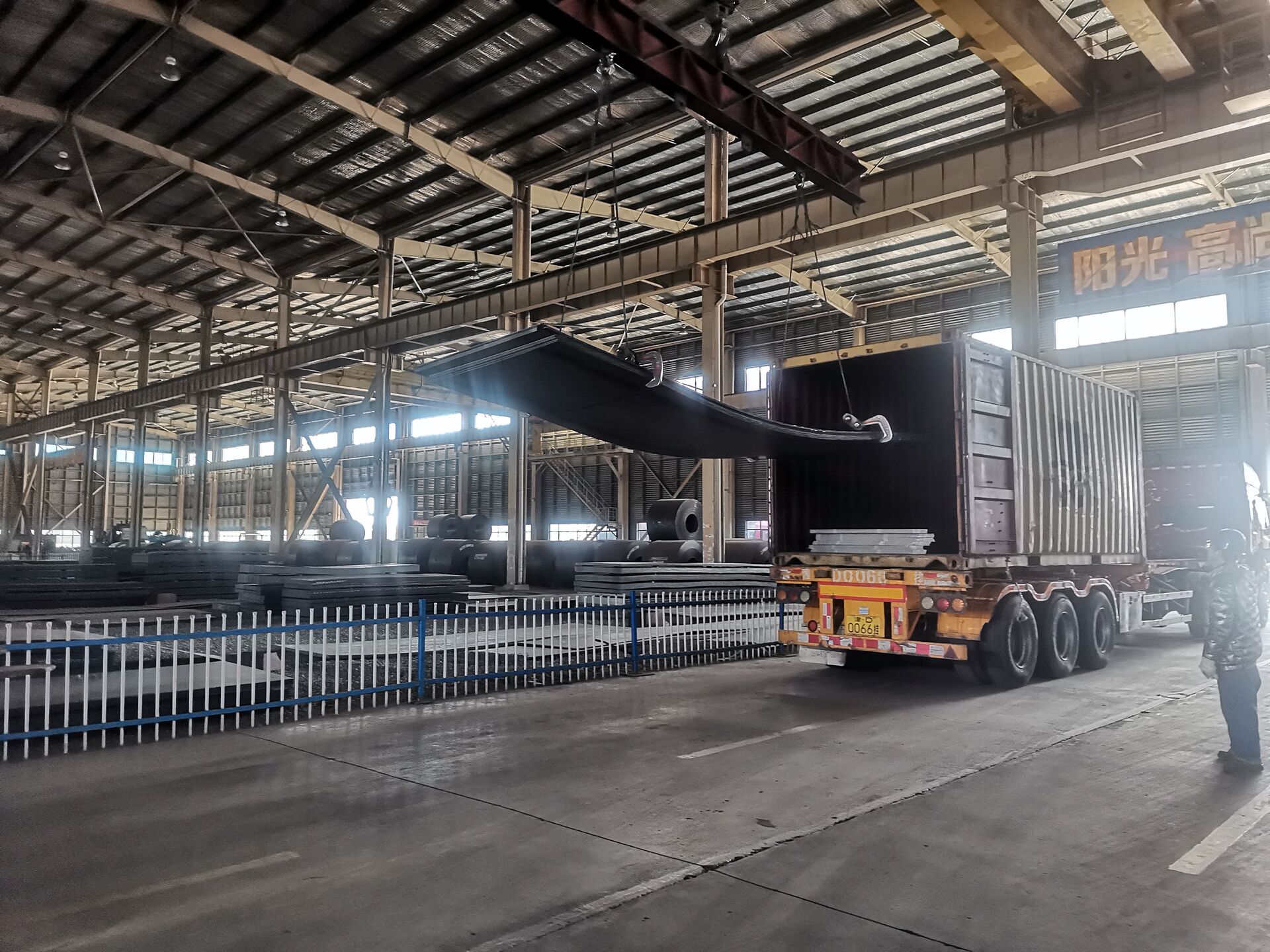PRODUCTS
PRODUCTS
HOT PRODUCTS
If You Need Any Help Contact With Us
Can't find what you're looking for ?
Leave a Message we will call you back quickly!
The company has sufficient inventory and can be picked up at any time.
Product Description
Specification material
Stainless steel bar specifications: Ф1.0MM above 250mm size (diameter, side length, thickness or distance between opposite sides) is not more than 250mm hot-rolled and forged stainless steel bars. Stainless steel rod material: 304, 304L, 321, 316, 316L, 310S, 630, 1Cr13, 2Cr13, 3Cr13, 1Cr17Ni2, duplex steel, antibacterial steel and other materials!
Stainless steel rod material, application range, introduction to quality management
Material: 304, 304L, 321, 316, 316L, 310S, 630,
Common materials are 201, 202, 301, 304, 303, 316, 316L, 304L, 321, 2520, 1Cr13, 2Cr13, 3Cr13, dual-phase steel, antibacterial steel and other materials! Specifications are expressed in diameter, such as "50", which means round steel with a diameter of 50 mm. Round steel is divided into three types: hot rolled, forged and cold drawn. The size of hot rolled round bar is 5.5-250 mm.
Application range: petroleum, electronics, chemical industry, medicine, textile, food, machinery, construction, nuclear power, aerospace, military and other industries!
Series
316L stainless steel bar: 316 stainless steel contains molybdenum and low carbon content, and its resistance to pitting corrosion in marine and chemical industrial environments is much better than 304 stainless steel! (316L low carbon, 316N nitrogen high strength and high strength, 316F stainless steel with high sulfur content, easy to cut stainless steel.
304L stainless steel bar: As a low-carbon 304 steel, in general, the corrosion resistance is similar to 304, but after welding or after stress relief, its resistance to grain boundary corrosion is excellent, and it can also be used without heat treatment. Maintain good corrosion resistance.
304 stainless steel bar: has good corrosion resistance, heat resistance, low temperature strength and mechanical properties, good hot workability such as stamping and bending, and no heat treatment hardening. Uses: tableware, cabinets, boilers, auto parts, medical appliances, building materials, food industry (use temperature -196°C-700°C).
310 stainless steel bar: The main features are: high temperature resistance, generally used in boilers, automobile exhaust pipes. Other properties are general.
303 stainless steel bar: It is easier to cut than 304 by adding a small amount of sulfur and phosphorus, and other properties are similar to 304.
302 stainless steel bar: 302 stainless steel bar is widely used in auto parts, aviation, aerospace hardware tools, chemical industry. Specifically as follows: handicrafts, bearings, slippery, medical equipment, electrical appliances, etc. Features: 302 stainless steel ball belongs to austenitic steel, which is close to 304, but the hardness of 302 is higher, HRC≤28, and has good rust and corrosion resistance.
301 stainless steel bar: good ductility, used for forming products. It can also be hardened by mechanical processing. Good weldability. Wear resistance and fatigue strength are better than 304 stainless steel.
302 stainless steel ball belongs to austenitic steel, which is close to 304, but the hardness of 302 is higher, HRC≤28, and has good rust and corrosion resistance.
408—Good heat resistance, weak corrosion resistance, 11% Cr, 8% Ni.
409 - The cheapest model (British and American), usually used as a car exhaust pipe, is a ferritic stainless steel (chromium steel).
410 stainless steel bar: belongs to martensitic (high-strength chromium steel), with good wear resistance and poor corrosion resistance.
416 - The addition of sulfur improves the processing properties of the material.
420 stainless steel bar: "cutting grade" martensitic steel, the earliest stainless steel similar to Brinell high chromium steel. Also used in surgical knives, can do very bright.
430 stainless steel bar: ferritic stainless steel, used for decoration, such as for car accessories. Good formability, but poor temperature and corrosion resistance.
440—High-strength cutting tool steel with slightly higher carbon content, high yield strength can be obtained after proper heat treatment, and hardness can reach 58HRC, which is one of the hardest stainless steels. The most common application example is "razor blades". There are three commonly used models: 440A, 440B, 440C, and 440F (easy processing type).
Product Display


Product Categories
Stainless steel bar is a general term for round steel, square steel, flat steel, hexagonal steel and octagonal steel
According to the processing method, stainless steel is divided into: pressure working steel and cutting steel; according to the structure characteristics, it is divided into five types: austenitic type, austenite-ferritic type, ferritic type, martensitic type and precipitation hardening type.
According to the composition, it can be divided into Cr series (SUS400), Cr-Ni series (SUS300), Cr-Mn-Ni (SUS200) and precipitation hardening series (SUS600).
200 Series - Chromium-Nickel-Manganese Austenitic Stainless Steels
300 Series - Chromium-Nickel Austenitic Stainless Steels
301—Good ductility, used for molded products. Machine speed hardening is also possible. Good weldability. Wear resistance and fatigue strength are better than 304 stainless steel.
302-corrosion resistance is the same as 304, because the carbon content is relatively high and the strength is better.
303—By adding a small amount of sulfur and phosphorus to make it more machining.
304—that is, 18/8 stainless steel. The GB grade is 06Cr19Ni10.
309—has better temperature resistance than 304.
316—After 304, the second most widely used steel grade, mainly used in the food industry and surgical equipment, adding molybdenum to obtain a special structure that is resistant to corrosion. Because of its better resistance to chloride corrosion than 304, it is also used as "marine steel". SS316 is usually used in nuclear fuel recovery units. Grade 18/10 stainless steels generally also meet this application level. [1]
Model 321—Similar to 304 except that the risk of corrosion in material welds is reduced due to the addition of titanium.
400 Series - Ferritic and Martensitic Stainless Steels
408—Good heat resistance, weak corrosion resistance, 11% Cr, 8% Ni.
409 - The cheapest model (British and American), usually used as a car exhaust pipe, is a ferritic stainless steel (chromium steel).
410—Martensitic (high-strength chromium steel), with good wear resistance and poor corrosion resistance.
416 - The addition of sulfur improves the processing properties of the material.
420 - "cutting grade" martensitic steel, the earliest stainless steel similar to Brinell high chromium steel. Also used in surgical knives, can do very bright.
430—ferritic stainless steel, used for decoration, such as for car accessories. Good formability, but poor temperature and corrosion resistance.
440—High-strength cutting tool steel, with slightly higher carbon content, high yield strength can be obtained after proper heat treatment, and the hardness can reach 58HRC, which is one of the hardest stainless steels. The most common application example is "razor blades". There are three commonly used models: 440A, 440B, 440C, and 440F (easy to process).
500 Series - Heat Resistant Chromium Alloy Steel.
600 Series—Martensitic precipitation hardening stainless steels.
630—The most commonly used type of precipitation hardening stainless steel, usually also called 17-4; 17%Cr, 4%Ni.
Applications
Scope of application
Stainless steel rods have broad application prospects and are widely used in hardware kitchenware, shipbuilding, petrochemical, machinery, medicine, food, electricity, energy, construction and decoration, nuclear power, aerospace, military and other industries! Seawater equipment, chemical, dye, paper, oxalic acid, fertilizer and other production equipment; food industry, coastal facilities, ropes, CD rods, bolts, nuts.

Product Package

Certificate Display
Factory Show
Message
Related Products
Chat Online
Conact Us For uotation


























